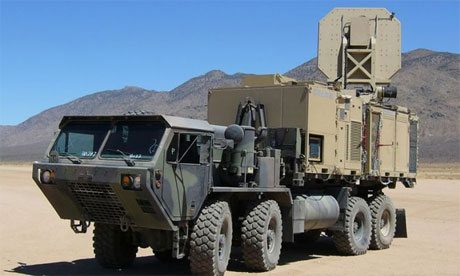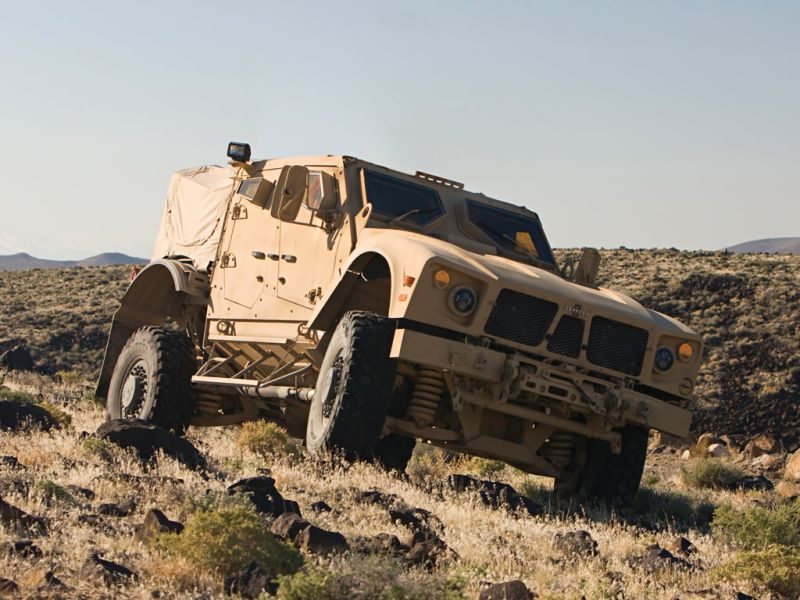Anti-access/area denial (AA/AD) challenges require continued technology investment. Potential adversaries are expected to exploit the current U.S. dependence on satellites, unmanned vehicles, computer systems, and the global positioning system.
Frost & Sullivan research finds that the AA/AD programs are budgeted for $57.47 billion in 2013 and estimates this to reach $61.00 billion in 2017.
Budget restrictions through 2017, especially for research, development, test and evaluation (RDT&E) will force difficult program prioritization and spending cut decisions. Budget requests, continuing resolutions, sequestration, defense strategy reviews, and operational drawdowns in Iraq and Afghanistan also contribute to a confusing and uncertain budget process.
The one area of general agreement seems to be that U.S. defense spending needs to be reduced.
“Most observers predict that Pentagon ‘efficiencies’ and ‘acquisition reform’ efforts will not be sufficient, and that hard decisions on ending some major programs and personnel cost reductions will be made,” said Frost & Sullivan Senior Industry Analyst Brad Curran.
New generations of missiles, stealth fighters, unmanned vehicles, submarines, and torpedoes deployed by potential adversaries have diminished the once dominant U.S. lead in weapons technology.
“The U.S. will need continued high levels of investment to make incremental improvements to current weapons, communications, sensors, and electronic warfare systems,” said Curran.
US DoD Anti-Access/Area Denial Challenges is part of the Aerospace & Defense Growth Partnership Services program, which provides global Mega Trends, information on emerging markets and the latest technology innovations, market, economic, customer, competitive, and best practices research.











